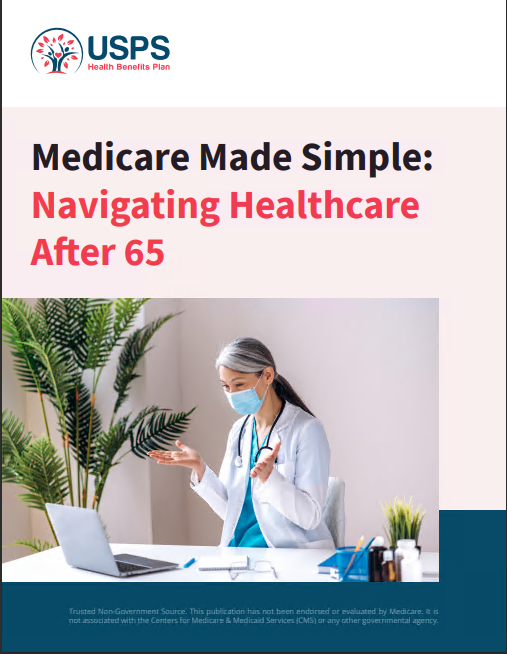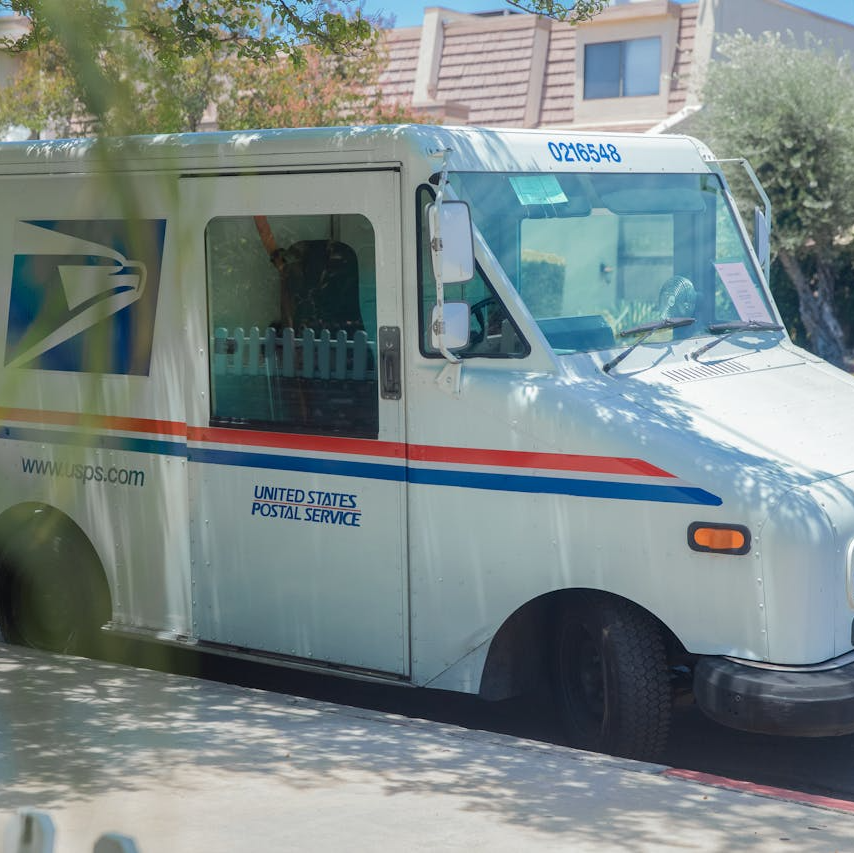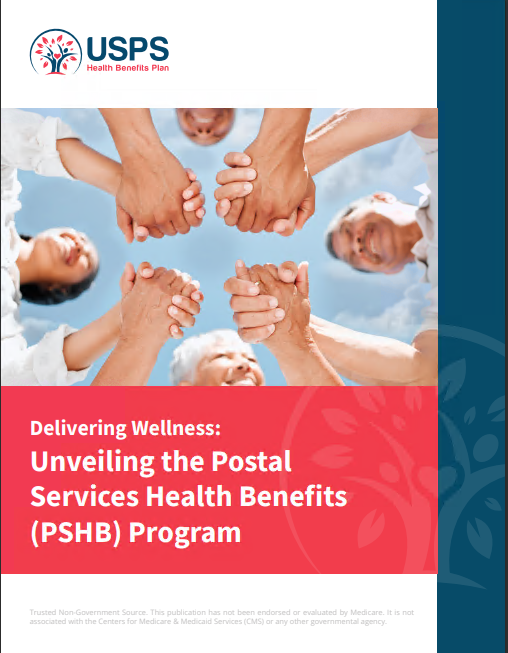Key Takeaways
-
Medigap plans are essential for filling gaps in Original Medicare coverage, providing USPS retirees with predictable healthcare costs and reduced out-of-pocket expenses.
-
Understanding how Medigap complements Medicare can help you make informed decisions about your healthcare needs in retirement.
The Importance of Medigap in Retirement Healthcare
As a USPS worker or retiree, you’ve likely spent years ensuring that others receive their essential deliveries on time. Now, it’s time to focus on your own well-being, especially when it comes to healthcare in retirement. Medigap plans, also known as Medicare Supplement Insurance, play a critical role in filling the gaps left by Original Medicare. These plans can give you peace of mind and financial predictability as you navigate the complexities of retirement healthcare.
What Medigap Covers
Medigap plans are specifically designed to cover costs that Original Medicare doesn’t. This includes:
-
Coinsurance and copayments under Medicare Part A and Part B.
-
Deductibles for hospital stays and outpatient services.
-
Foreign travel emergencies, depending on the plan you choose.
These benefits make Medigap a valuable addition to your healthcare strategy, ensuring you’re not caught off guard by unexpected medical expenses.
Why Medigap is Essential for USPS Retirees
1. Predictable Healthcare Costs
One of the most significant advantages of Medigap plans is the predictability they offer. Unlike Original Medicare, which can leave you with high out-of-pocket costs, Medigap helps you manage expenses by covering many of the costs Medicare doesn’t. This can be especially helpful when you’re living on a fixed retirement income.
2. Nationwide Coverage
As a former USPS employee, you may have enjoyed the stability of federal benefits. Medigap plans extend that stability by providing nationwide coverage. No matter where you live or travel within the U.S., your Medigap plan ensures that you’re covered for the services Medicare allows.
3. Freedom to Choose Providers
With Medigap, you can visit any doctor or specialist who accepts Medicare, giving you the freedom to choose healthcare providers without worrying about network restrictions.
Understanding Medigap Enrollment
When to Enroll
The best time to enroll in a Medigap plan is during your Medigap Open Enrollment Period. This six-month period begins when you turn 65 and enroll in Medicare Part B. During this time, you have guaranteed issue rights, meaning insurers can’t deny you coverage or charge higher premiums based on pre-existing conditions.
Late Enrollment Consequences
If you miss your open enrollment period, you may face higher premiums or limited options. Insurers can use medical underwriting to determine your eligibility, so it’s essential to plan ahead.
Medigap vs. Medicare Advantage: Key Differences
Supplemental Nature of Medigap
Medigap plans are designed to supplement Original Medicare by covering out-of-pocket costs. Unlike Medicare Advantage plans, they do not replace Medicare Part A or Part B.
Flexibility and Consistency
While Medicare Advantage plans may offer additional benefits, they often come with network restrictions and variable costs. Medigap plans, on the other hand, provide consistent coverage and the flexibility to see any provider who accepts Medicare.
The Role of Medicare Part D with Medigap
Medigap plans do not include prescription drug coverage. To ensure you’re fully covered, you’ll need to enroll in a standalone Medicare Part D plan for your medications. It’s crucial to coordinate your Medigap and Part D choices to avoid gaps in coverage.
Tips for Choosing the Right Medigap Plan
Assess Your Healthcare Needs
Start by evaluating your current health and anticipated medical needs. Consider factors such as:
-
Frequency of doctor visits.
-
Prescription medications.
-
Potential for hospital stays.
Compare Plan Options
Medigap plans are standardized, meaning each plan type offers the same benefits regardless of the insurer. Focus on finding a plan that aligns with your needs and budget rather than getting distracted by marketing materials.
Review Premium Costs
While Medigap plans provide predictable out-of-pocket expenses, premiums vary based on factors like location, age, and tobacco use. Comparing costs among insurers is key to finding a plan that fits your financial situation.
Understand Future Costs
Keep in mind that Medigap premiums may increase over time due to factors such as age and inflation. Choose a plan with stable pricing to avoid unexpected financial strain.
How Medigap Fits Into USPS Retirement Benefits
If you’re retiring from the USPS, you’ve likely relied on the Federal Employees Health Benefits (FEHB) Program. While FEHB provides comprehensive coverage, transitioning to Medicare and Medigap in retirement can offer additional cost savings and tailored benefits. Many USPS retirees choose to coordinate FEHB with Medigap to ensure seamless and comprehensive healthcare coverage.
FEHB and Medicare Coordination
If you’re keeping your FEHB coverage in retirement, Medigap can complement Medicare by covering out-of-pocket costs not addressed by FEHB. This combination ensures you’re protected from unexpected medical expenses.
Medigap Plans and Financial Security
Protecting Your Retirement Savings
Healthcare costs are one of the most significant expenses in retirement. By filling the gaps in Medicare, Medigap plans help protect your retirement savings from being drained by unforeseen medical bills.
Peace of Mind for the Future
With a Medigap plan, you can focus on enjoying your retirement without worrying about unpredictable healthcare costs. This financial security allows you to plan for other retirement goals, such as travel or hobbies.
Planning Ahead for Medigap in 2025
The year 2025 brings several changes to Medicare, including updates to premiums, deductibles, and other cost-sharing amounts. Staying informed about these changes ensures you can make the best decisions for your healthcare coverage. Regularly reviewing your Medigap plan during annual enrollment periods is essential to ensure it continues to meet your needs.
Finding the Right Balance for Your Retirement Healthcare
As a USPS retiree, securing the right healthcare coverage is a vital part of your retirement planning. Medigap plans offer predictable costs, nationwide coverage, and the freedom to choose your providers, making them an essential tool for ensuring your healthcare needs are met. By understanding your options and planning ahead, you can confidently navigate your retirement years with the peace of mind that comes from comprehensive healthcare coverage.











